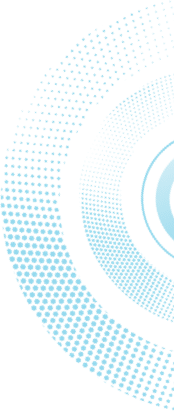Optical investigation of strongly correlated electrons in two-dimensional semiconductor bilayers
Van der Waals moiré heterostructures have emerged as fascinating platforms to realize and probe novel correlated electronic states and many-body physics. Investigations of bilayers of two-dimensional (2D) materials have revealed a wealth of electronic phases such as superconductivity, Mott insulators, and more. In the family of 2D materials, transition metal dichalcogenides (TMDs) show particular interest as they allow for an optical investigation of electronic states.
In this talk, I will present recent experiments where we investigated the many-body physics of electrons and excitons in TMDs. Specifically, we studied a structure consisting of an encapsulated MoSe₂ homobilayer separated by a monolayer hBN tunnel barrier. I will start by describing a method that utilizes the energy shift of the exciton-polaron resonance to detect a layer-resolved charge configuration. Using this method, we found a periodic chemical potential dependence on carrier filling that results from the existence of moiré subbands. At a filling of one electron per moiré unit cell, an electric field tuning results in abrupt charge transfer between the layers, evidencing the emergence of an incompressible correlated electronic state. In this state, we found a new exciton umklapp resonance that confirms the emergence of a periodic distribution. Furthermore, by hole doping, we realized a tunnel coupled moiré lattice, where we observed an electric field and moiré site-dependent interlayer coherent tunneling.
תאריך עדכון אחרון : 19/03/2025



